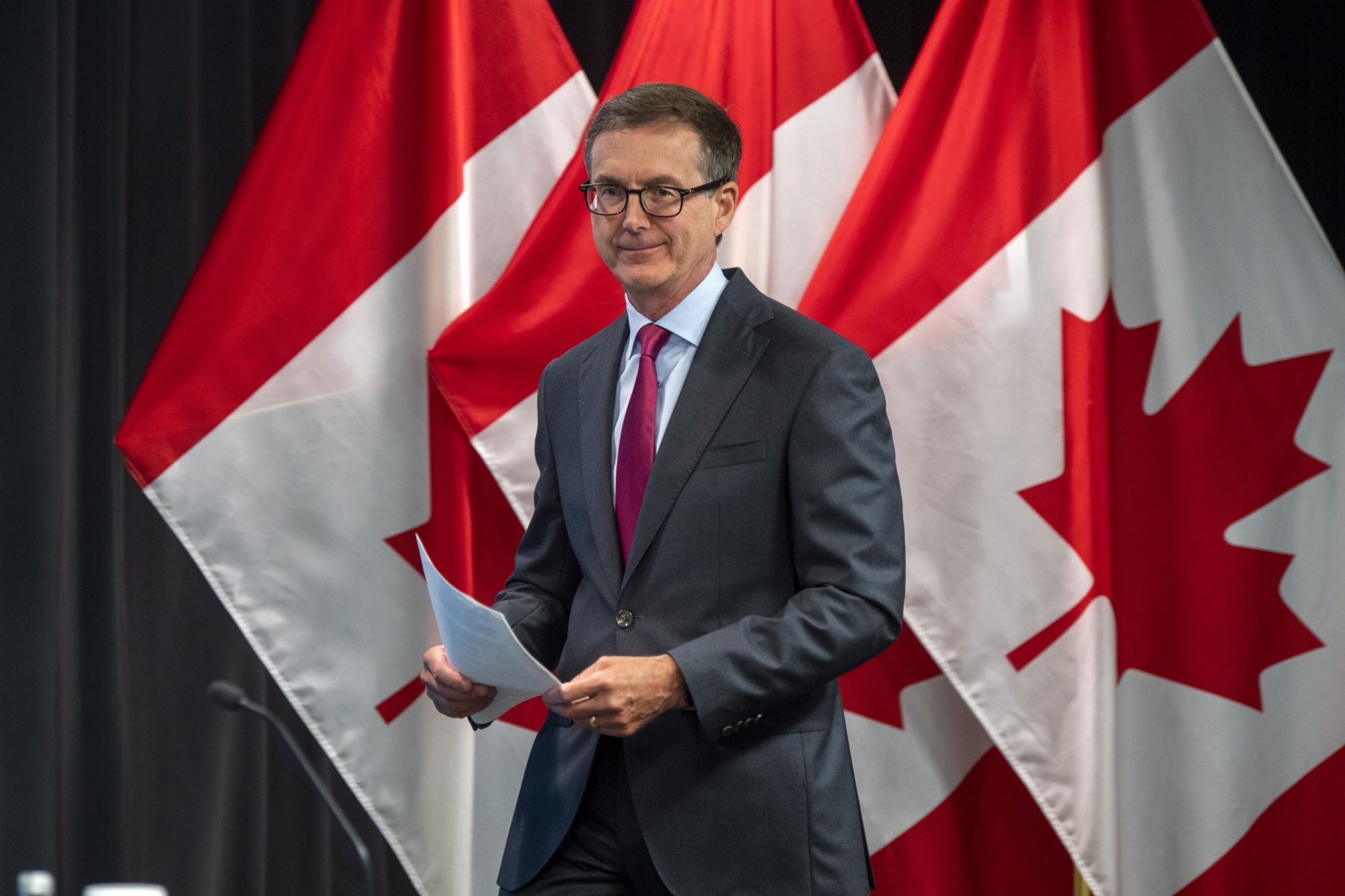Mar 3, 2022
Higher rates needed to cool demand-driven inflation: Macklem
, BNN Bloomberg
BoC to remain less hawkish than U.S. Fed: Canaccord Genuity's Martin Roberge
Raising interest rates may make it pricier for Canadian households and businesses to pay down their debt but tighter monetary policy is needed to help cool inflation that is being driven by domestic demand, Bank of Canada Governor Tiff Macklem said in a speech on Thursday.
The Bank of Canada hiked interest rates on Wednesday by 0.25 percentage points to 0.50 per cent, the first such increase in the bank’s policy rate since 2018. Strong recent economic growth in Canada, resilient household spending despite the surge of the Omicron COVID-19 variant, and inflation figures that are “well above” its target of two per cent were the major factors behind the decision to increase rates, the bank said.
“The impact of raising our policy rate will be higher interest rates for Canadian households and businesses, including many mortgage and prime lending rates, but also rates for savings products,” Macklem said in prepared remarks made ahead of a speech delivered to the CFA Society Toronto.

“The economy is now in a place where moving to a more normal setting for interest rates is appropriate. The economy can handle it. We know this will be a significant adjustment, and we fully intend to tighten policy in a deliberate and careful way, being mindful of the impacts and monitoring the effects closely. The bank is committed to returning inflation to the 2 per cent target and keeping inflation expectations well anchored.”
An economist at CIBC Capital Markets said he interprets Macklem’s speech to mean while rates will indeed rise, the path back to normalization isn’t set in stone.
“We would interpret ‘deliberate’ as implying a series of hikes at successive meetings. But to be ‘careful’ and ‘monitor’ the impacts, given the lags in which those impacts show up, the bank might need to pause mid-way to see how the economy is coping before unleashing the full dose of hikes,” Avery Shenfeld wrote in a note to clients Thursday.
Macklem said that three separate factors have driven Canada’s inflation rate above five per cent - more than twice what the Bank of Canada would typically prefer. Those factors include a global shift toward consuming goods and not buying services during the pandemic, broad price increases to everyday items like food and gas that have been fuelled in part by logistics disruptions, and the overall imbalance between demand and supply in the Canadian economy.

“As the pandemic recedes, we can expect consumers to shift back to spending more on services, and this should take some pressure off global demand for goods,” Macklem said. “We can also expect supply chains to normalize. But predicting how long this will take is difficult. And the war in Ukraine is compounding this difficulty, as it could also have implications for global supply chains.”
Macklem did note that the Bank of Canada does expect inflation to fall, although the pace of that decline will be difficult to predict given the geopolitical uncertainty brought on by Russia’s invasion of Ukraine.
“We expect inflation to come down in the second half of this year as the pandemic eases,” Macklem said.
“But with inflation substantially above our target, we are more concerned about the upside risks to our inflation outlook. The broadening of price increases is making inflation harder to avoid and raises the risk that inflation expectations could drift higher. And with slack now absorbed, the momentum in demand means that monetary policy has a clear role to play in getting inflation back to our target.”


